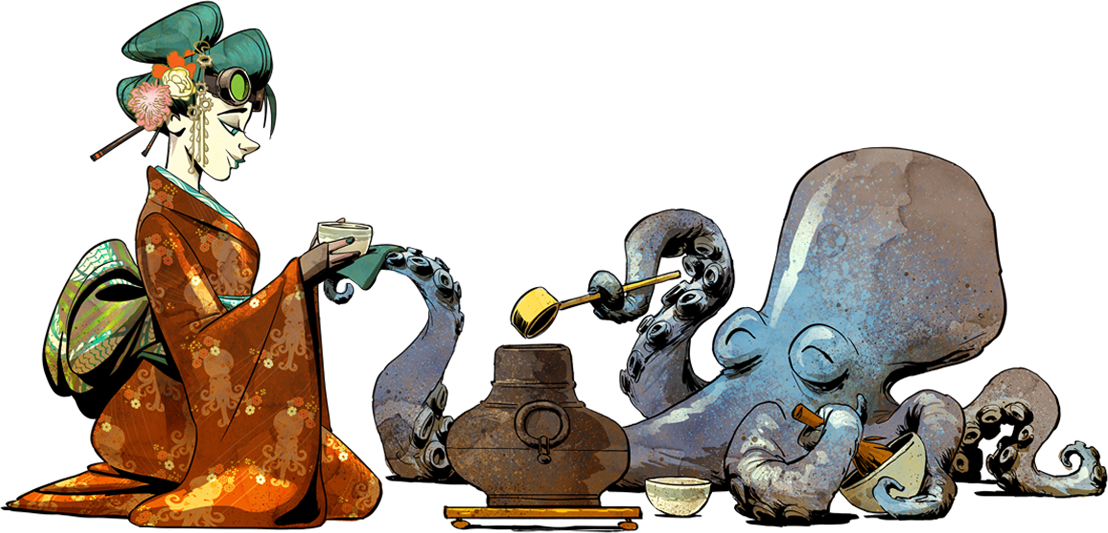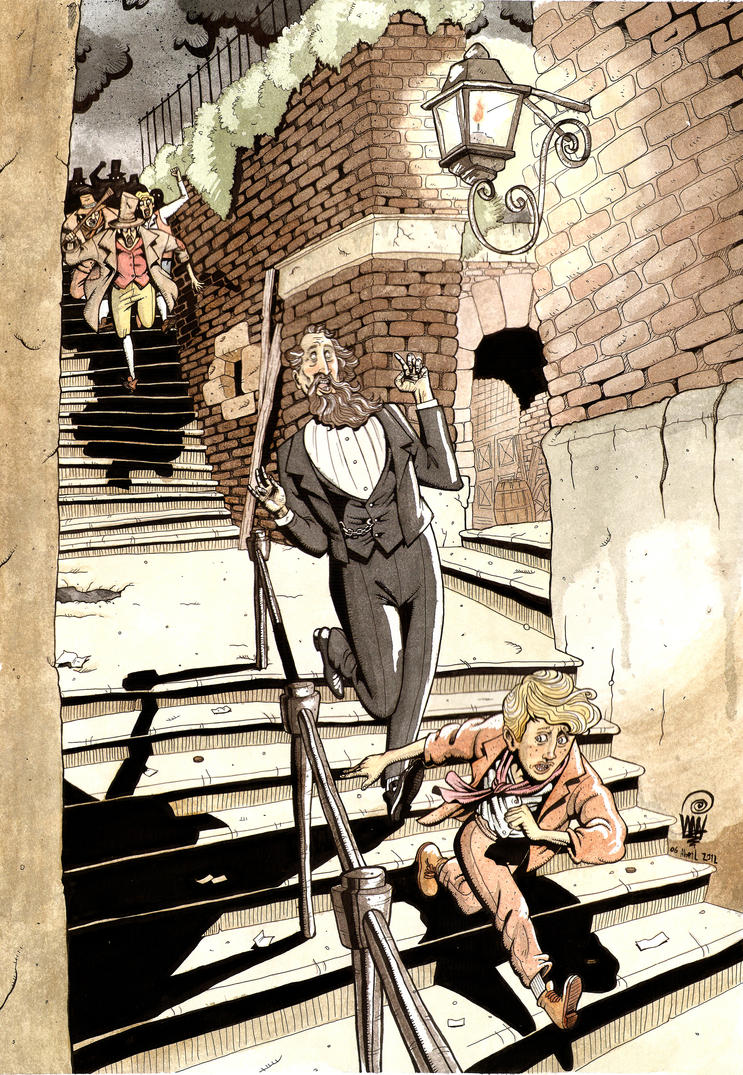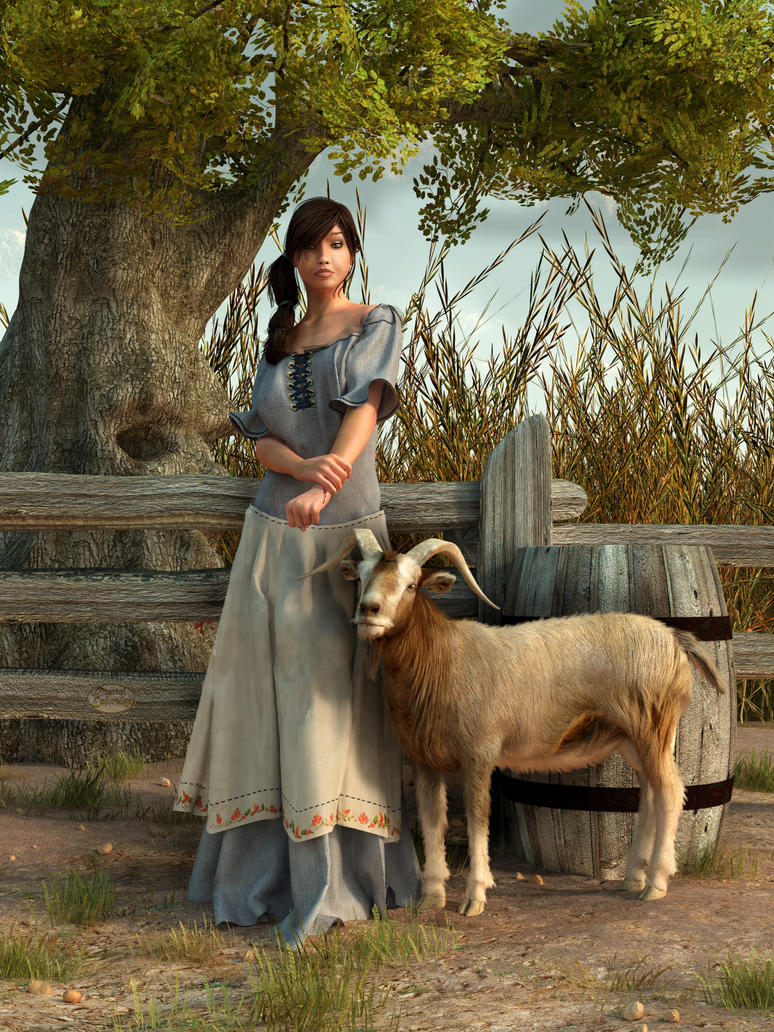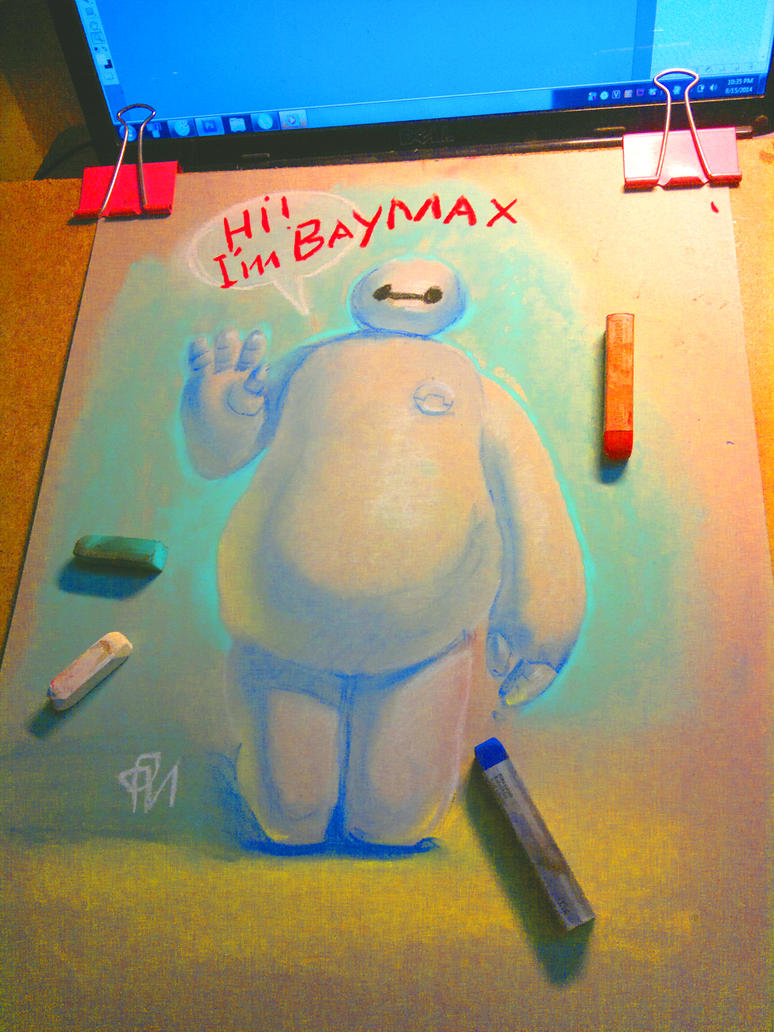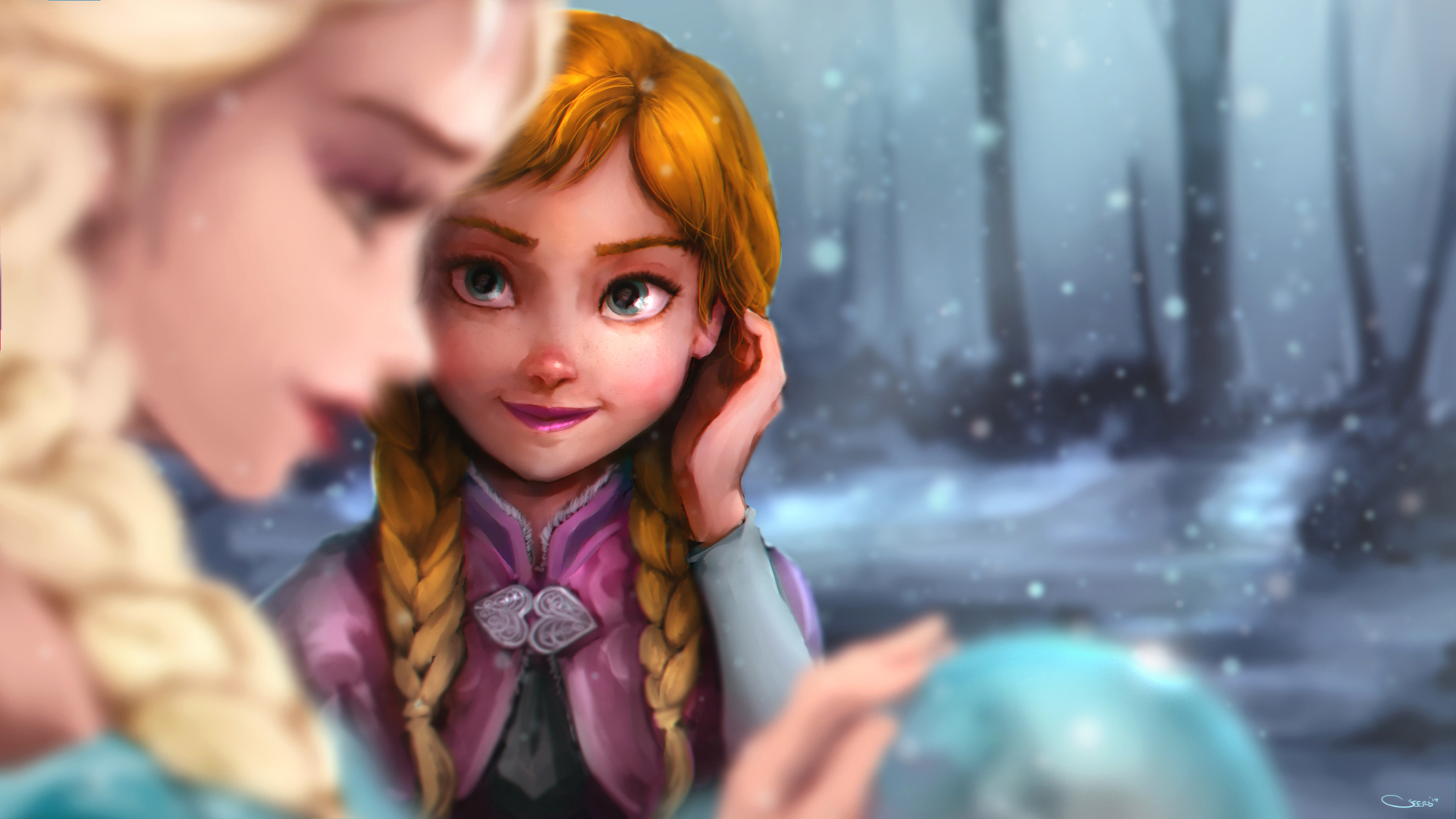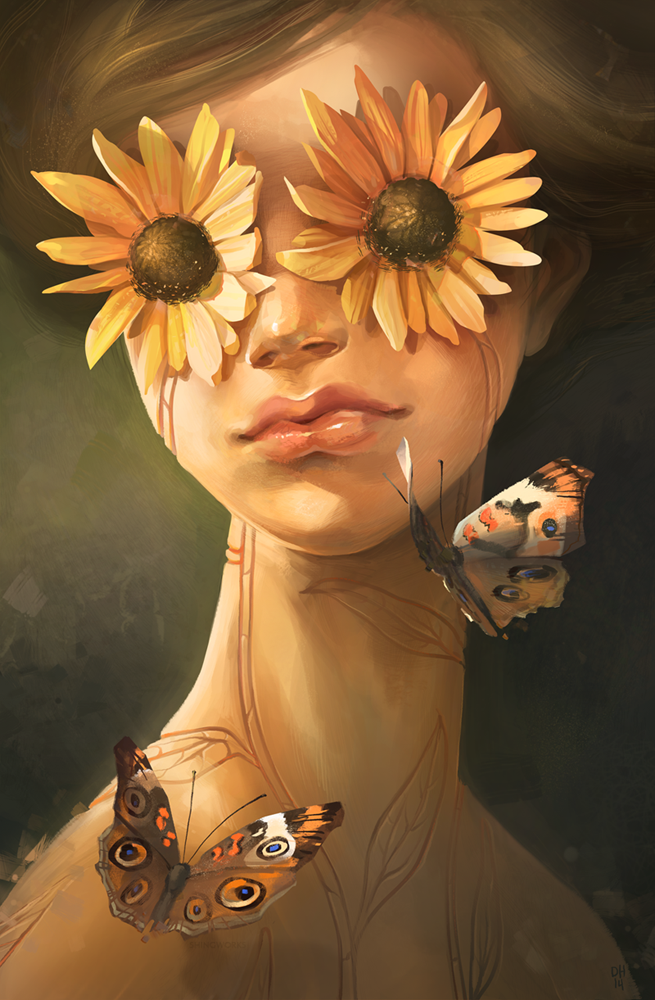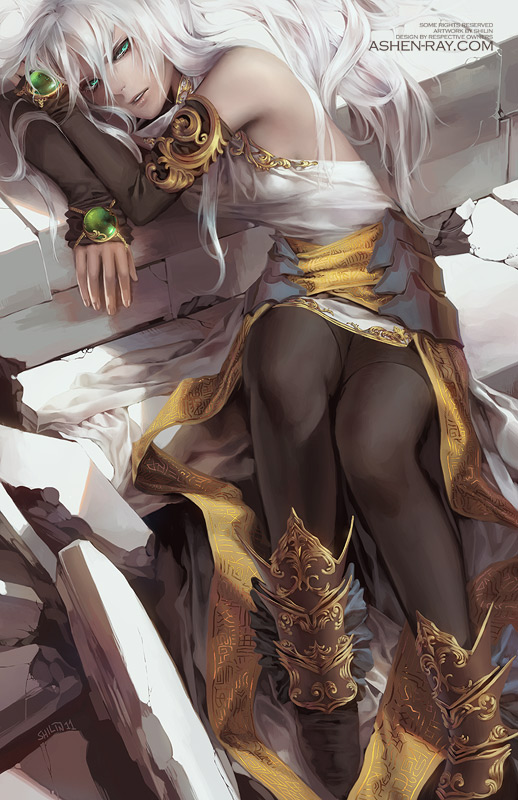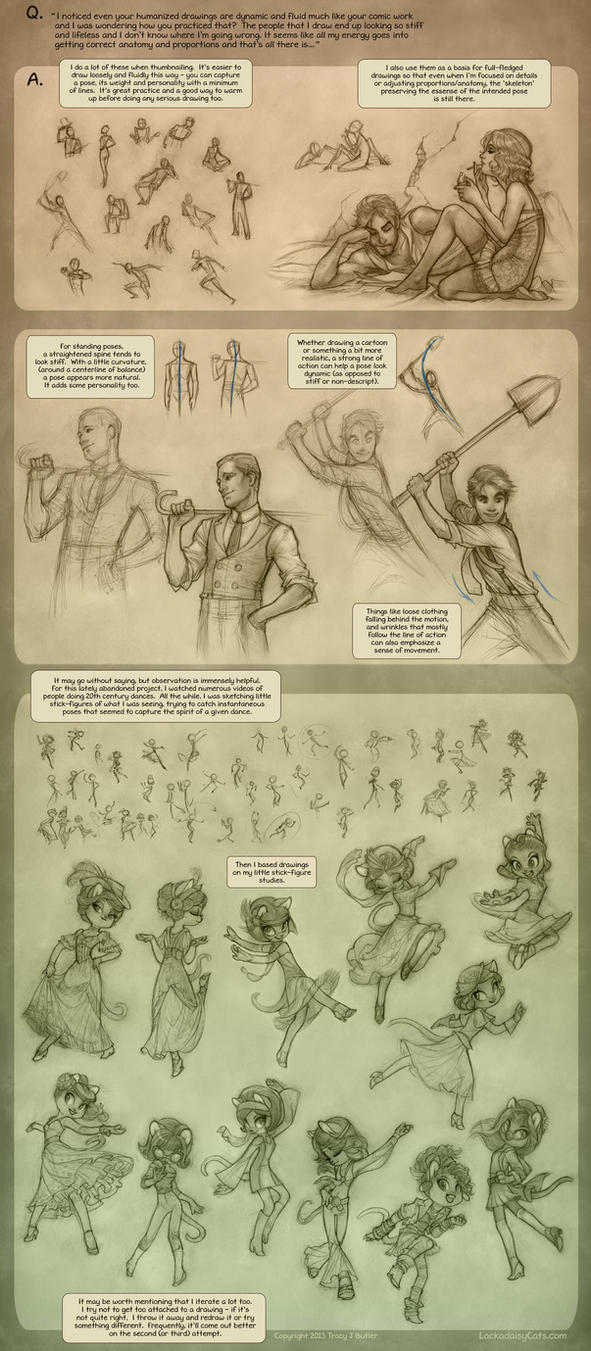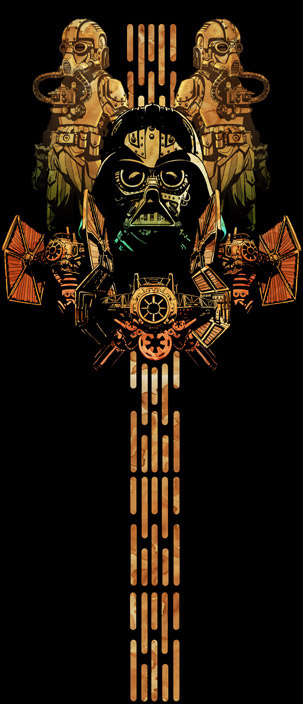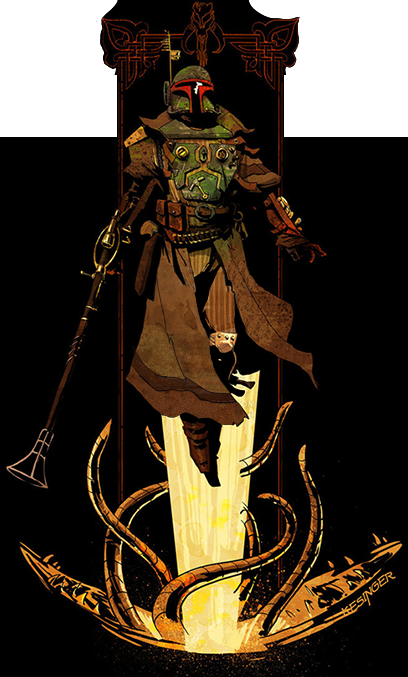
It is with great pleasure we welcome BrianKesinger as a guest writer to the Today Page Editorial Team. Considering his authentic citizenship within the deviantART community, his thoughts and insights will be of great value to all aspiring artists, illustrators, writers and others involved in any creative endeavor. For over 18 years, Brian has worked for Walt Disney Studios on films like Big Hero 6, Winnie the Pooh, Tarzan, Tangled, Wreck It Ralph and Bolt. Brian is author and illustrator of his own octovictorian creation, the wildly popular Walking Your Octopus, featuring Otto and Victoria, about a young turn-of-the-century London lady of distinction and her pet octopus.
Take a moment and think about your favorite movie. Now imagine that movie without the main character, as you know them, in it. I think it is important to make a distinction between the plot of a story and the arc of your main character.
The plot is a series of events that result in a character going through an emotional arc. You can briefly define a character arc as how a character feels and acts at the beginning of the story versus how the feel and act in the end. In Charles Dicken's Christmas Carol (1843), Ebenezer Scrooge hates Christmas and at the end he loves it. That is an oversimplification of his arc. The plot is there in order to provide obstacles and choices to show the the audience who they are and what their attitude toward their situation is. A good plot keeps you interested in the story but a good character will make you want to rewatch the movie over and over again. I am personally a fan of movies that have very simple plots as those films leave much more room for character development.
One way to look at a story is a series of choices made in creating the main character. As a storyteller, the more time you put into your character, the easier it will be for you to make those choices for your character be truthful.
Truthfulness is talked about a lot when discussing character creation. Fictional characters are, of course, not real. They do not exist in the real world. They are made up. You must give them reality with relatable traits. Let’s say your main character is a farm hand. How does he feel about that? Does he enjoy the hard labor, or is he bored out of his mind? Let's choose the latter. Note that we are not talking about plot, just discussing character. Does this farm-boy get along with his parents? Let's add mystery by making him an orphan. So we now have the highly relatable story of a bored young man with a decision to make. Should he continue his duties on the farm or answer an inner calling to explore the rest of his world? We know this character. Some of us are this character. So when Luke Skywalker makes his choice, it rings true, because his character has already been established as someone we understand, someone who wants more out of life. We can all relate to his situation. His story will be a bit more exciting than most tales of fugitive farm-boys, but even Star Wars might have bored us had we not been pre-invested in such a relatable character by skilled storytellers.
As an illustrator, my job is to create believable characters. At Disney it is not uncommon for us to start drawing before a writer has even been hired to write a script. Animation and art are a visual media. A picture is worth a thousand words. Drawing your character is one of the best ways to kick off the generation of those words. It is all in the details. How your character dresses, what sort of hair they have, are they big or scrawny? All these questions can be answered and explored through the drawing process. When we work on our films it is common for the character designers and story artists to work at the same time because one department constantly informs the other.
I love this part of the process, as you draw your character and you explore all aspects of them and the ideas start to gel. You put one image next to another and suddenly a story starts to develop, to talk to you. It is very exciting. We had an interesting challenge in creating the character of Baymax for the up coming film Big Hero 6.
I asked Joe Mateo, head of story on the film to talk a little about the difficulties that arose when creating a character without traditional features.
“
We knew that Baymax was going to be a challenge given his limited amount of facial features to express an emotional range. It's amazing though, what you can achieve with those charming dot eyes combined with a subtle head tilt, a well timed blink, and body gestures. These things plus line delivery can be very effective in expressing different emotions. We're careful though how much emotions we want Baymax to show given that he is just a non sentient robot... or is he?”
— Joe Mateo, Head of story on Big Hero 6
On the film Frozen we were tasked with taking a fairy tale “princess movie” and putting a fresh spin on it. One way that we did that was by exploring the characters of Anna & Elsa and creating a believable relationship between the two of them. Paul Briggs, head of story on Frozen speaks more about that here.
“
One of the great things we had working for us was the tropes of princess films we had done in the past. Audiences already had an expectation we would deliver the familiar romantic love story... a romantic kiss from a prince/knight in shining armor would save the the day. Jennifer Lee and Chris Buck knew they wanted to deliver something fresh and different and took the idea from the original Snow Queen story that "an act of true love will thaw a frozen heart" and coupled that with a story about two sisters. The movie really started to focus more about family love than romantic love. The challenge was crafting two siblings that couldn't have that love between one another. We had Elsa, who was hiding a power that she thinks will hurt or kill her sister. So she lives in fear and is afraid to share her love towards her sister. We developed Anna as being fearless but she lives in a world where we she wants to give her love but it is never reciprocated by her sister. She holds onto that true love for her sister though and it's ultimately the thing that saves the day and protects and saves her sister. Anna makes the biggest choice in the movie which is she sacrifices her life to save her sister—an act of true love.”
— Paul Briggs, Head of story on Frozen
Interviews Brian Kesinger's Q&A with the Following Deviant Artists
In creating your Lost Kids graphic novel what were some ways that you made your characters believable teenagers even though they are inhabiting a fantastical world?
Felipe Cagno
It's all about really turning your characters into real people, people that you could walk past in the streets and that means tons of research and world building. For every character in the Lost Kids comics I have these extensive character sheets with dozens of questions ranging from their family background, their homes, where they grew up in, the environment around them, to their biggest fears, their hopes and dreams, their psyche, etc.
All that comes into play and you must know your characters better than yourselves, you really must ask the tough questions and come up with interesting answers. A kid growing up in Brooklyn, NY, will most definitely talk and behave very differently than a kid growing up in Orange County, CA. Do they come from a rich family, a blue-collar one, from poverty, where do they go to school, are they outgoing or shy, do they use slang, or perhaps they speak perfect English, are they popular or outcasts, what are their deepest secrets and so forth.
And the most interesting task I had to go through was actually finding a way of these very different kids that should not get along, get together for this adventure. Good storytelling comes from conflict and there is nothing more boring than seeing characters agreeing on paper or screen, you want them to duke it out, you want them to have completely different opinions about the stuff that matters so you can exploit different points of view on a given subject and let the audience choose sides.
Believable teenagers have very strong opinions and views of their world, I just made sure to get all that right even before writing a word of the script.
Can you talk a little about how your characters developed from random sketches to the storylines in your web comic?
Der-shing Helmer
I don't actually sketch randomly and home storylines come out, it's pretty much the opposite... I come up with story elements that I find interesting and work to develop a character that might fit into the scenario in a unique way. For example, in The Meek, I wanted to write a story about a girl who doesn't care much for societal pressures. She started out in sketches as several types of girl, but with the goal of a story in mind, eventually developed in the my character Angora who is introduced as not wearing clothes (that portrayal is pivotal to her essential nature). I don't think the character would have been quite as effective if I had just been drawing naked women, and then tried to mould a story around that visual.
For the new comic that I am making (and will be posting more art of to deviantArt as well), I'm doing something similar; trying to create a certain vision of the future and the people who live there. With the future in mind, I get to create characters that represent my hopes and expectations, vs just randomly hoping to strike gold. My general advice is always to give a context to your sketches, even if you don't ultimately use them... it will help your characters develop into living people who feel like they might really exist somewhere.
When creating your character Veloce Visrin, what were some of the choices you made in designing her look and outfit to help tell the reader what she is all about?
Shilin Huang
I've given Veloce outfits meant for show, as well as casual outfits for the story she is in. The more story-oriented decisions were made with her casual outfit. Naturally, her look should immediately convey her character, because insignificant details on how a character chooses to dress himself/herself are usually a good reflection of their values. I've kept her outfit casual and unimpressive,despite her being the main character, to match her preference for staying away from the spotlight and blending into the crowds. Her clothes are also kept loose fitting rather than skintight, her hair kept free and not diligently kept, giving her a more relaxed air. However, she did come from a respected/feared family, and a hint of the fact that she is supposed to be an upper-class lady still comes across through the halter top, which is the same top/dress featured in her other, more extravagant and impressive outfits, covered up under the guise of her hoodie and otherwise unassuming look.
Your character drawings are so expressive. What are some tips for drawing animal characters with such human emotions while still maintaining their animalistic anatomy?
Tracy Butler
Thank you! Foremost, I’d say it’s important to get to know the subject matter. Gathering some overarching observational knowledge about anatomy, gesture and expression is pretty vital to drawing convincing pictures of such things. It also applies to the ensuing Frankensteinian drawing experiments that I would recommend as a generally effective approach to designing characters that fall somewhere between human and animal (though I’d argue that distinction is mostly philosophical). Do a lot of sketching, in other words.
Human capacity for self-aware emotional complexities aside, it’d be difficult to mark a clear distinction between human and animal emotions. Among other mammals in particular, there’s quite a lot of overlap in the way we express basic things like fear, dejection and excitement, in fact. Whether human or wolf, a lowered head, fixed stare and curled lip is unmistakably aggressive. That sort of thing can certainly work to the artist’s advantage when drawing an animalistic character meant to emote in a relatable human fashion. Further appending the expression with the animal’s telltale posturing - raised hackles, pinned ears, bared fangs - can be mixed in to varying degrees of bestial and dramatic. The more minute facial features add a layer of human nuance and specificity - the smallest adjustment can put an entirely different spin on an expression. For the given example, downward angled “angry” eyebrows would be well in line with the straightforward appearance of aggression, but simply arching one of the brows higher than the other can turn it into an expression of calculated anger. Symmetrically high arching brows could make the expression more excited or crazed; furrowed brows could be used to convey a sort of consternated anger, and so forth.
Of course, species that don’t communicate in ways that are especially decipherable to humans and critters with physiognomies that don’t lend themselves well to forming human expressions can present design challenges that might require some careful finagling. To use a popular example, note the dramatically shortened heads of My Little Pony characters as compared to realistic equine heads. Much of the animal appearance of the face is sacrificed, clustering the features together into an alignment more closely resembling a (cartoon-like) human. This way, the expressions are eminently readable, never inadvertently shifting from cute to awkward. In other situations, preserving the animalistic mien might be the greater priority over rendering consistently appealing human expressions. If you ever find yourself trying to draw chagrin on an anteater, consider that in some cases, embracing a bit of the awkwardness might not be a bad thing. It can make for some defining, memorable characteristics.
My advice overall is to approach whatever abstracted combination of anatomies are at hand as an advantage rather than a limitation to building an expressive character. The human and animal aspects each bring a toolkit array of physical features, gestures, behaviors and idiosyncrasies to utilize and draw inspiration from - all the more resources with which the character may exude life and emotion, presence and personality.
What led you to pick Korea as the location for your fish out of water story of frankie*SNATCH? And how does that specific location inform what situations your character goes through?
Lynsey Wo
When I initially came up with the concept for frankie*SNATCH back in 2001, I wanted to base it in a large, modern city in the Far East. At the time, Japan was experiencing a huge popularity boom (certainly within the target audience I was wanting to reach) and I wanted to avoid following that trend. After a little bit of research, Seoul seemed to contain the fast pace, bright lights, cosmopolitan scene I was looking for. In these early stages, a strong visual setting was all I was after, and Seoul fitted that need perfectly.
Frankie*SNATCH has always been a character-driven plot, and whilst the location had never been hugely influential as a whole, as the story developed darker, controversial issues, I still needed to make sure it was still appropriate. For example, a major theme of substance abuse within the story lead me to research the sort of healthcare and treatment available for those suffering with addictions, and how this sort of issue is perceived and handled by Korean society as a whole. This research directly impacted on how the character(s) confronting this issue would handle it, particularly from the societal angle. This idea of such an old-fashioned taboo against the backdrop of an otherwise modern, diverse city was something I found interesting, but it also made me realise the importance of making sure the characters were believable enough for them to address the issues presented to them with as little help from the outside as possible.
Questions for Brian Kesinger
Brian has volunteered to answer any questions you might have in a series of video updates we will post soon, so keep your eyes and ears peeled for a shout-out from him.
Leave your questions for Brian in the comments below.
